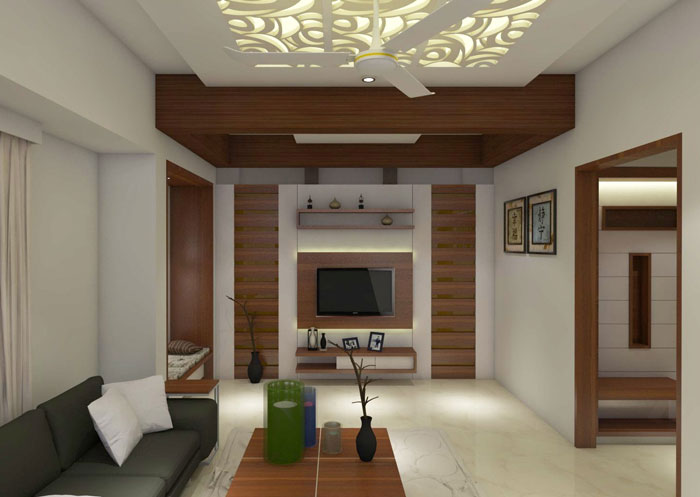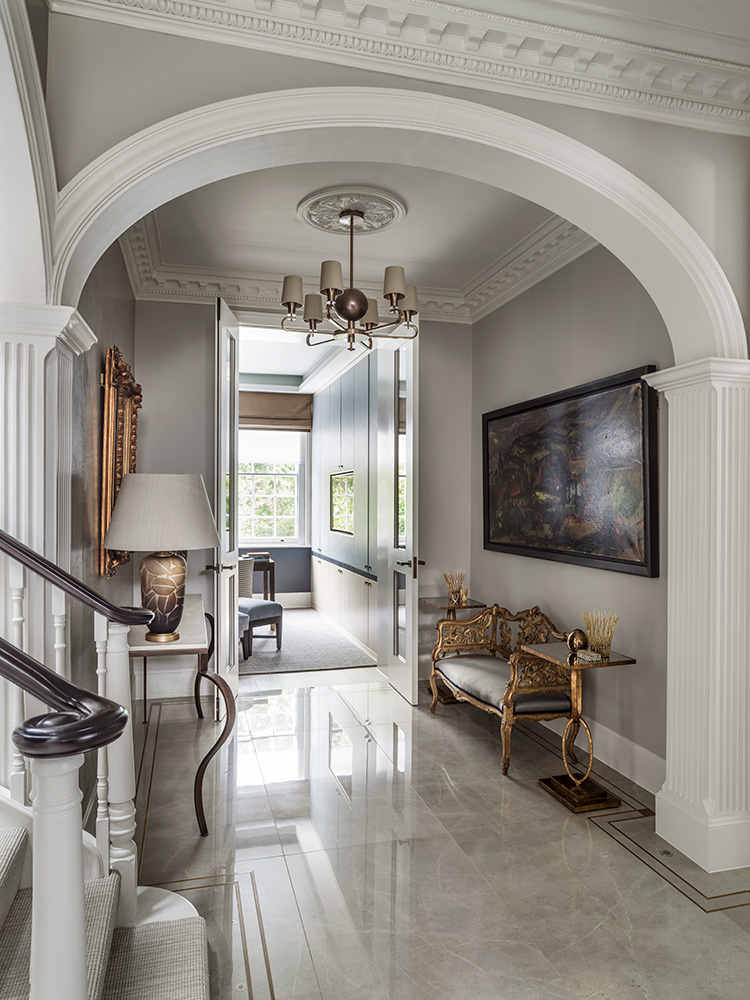Premier Winchester Design Expert for Unique Home Designs
Wiki Article
The Art of Balance: Just How Interior Design and Home Engineer Collaborate for Stunning Results
In the world of home design, striking an equilibrium in between aesthetic appeals and performance is no small feat. This fragile stability is achieved through the unified partnership between interior developers and engineers, each bringing their distinct know-how to the table. Stay with us as we explore the intricacies of this collaborative procedure and its transformative impact on home style.Recognizing the Core Distinctions In Between Inside Design and Home Design
While both Interior Design and home architecture play vital duties in developing cosmetically pleasing and functional spaces, they are inherently different disciplines. Home architecture mainly focuses on the architectural elements of the home, such as building codes, safety laws, and the physical construction of the space. It handles the 'bones' of the structure, working with spatial dimensions, load-bearing wall surfaces, and roofing layouts. On the other hand, Interior Design is extra concerned with enhancing the aesthetic and sensory experience within that structure. It includes selecting and preparing furniture, selecting color design, and incorporating ornamental elements. While they function in tandem, their roles, responsibilities, and locations of proficiency diverge considerably in the development of an unified home environment.The Synergy Between Home Architecture and Interior Decoration
The synergy between home style and Interior Design depends on a common vision of design and the enhancement of practical visual appeals. When these two areas align harmoniously, they can transform a living room from average to amazing. This cooperation requires a deeper understanding of each self-control's principles and the capacity to produce a natural, visually pleasing atmosphere.Unifying Layout Vision
Unifying the vision for home style and Interior Design can produce a harmonious home that is both useful and aesthetically pleasing. The equilibrium starts with an incorporated state of mind; architects and interior developers work together, each bringing their expertise. This unison of concepts creates the design vision, a blueprint that guides the job. This common vision is crucial for consistency throughout the home, making certain a fluid transition from outside style to indoor rooms. It advertises a collaborating approach where building elements enhance Interior Design elements and vice versa. The outcome is a cohesive living area that shows the home owner's way of life, preference, and individuality. Thus, unifying the layout vision is crucial in blending style and Interior Design for stunning outcomes.Enhancing Functional Aesthetic Appeals
How does the harmony between home style and interior layout enhance useful looks? Designers lay the groundwork with their architectural style, making certain that the area is efficient and useful. A designer may create a home with huge home windows and high ceilings.Importance of Cooperation in Creating Balanced Spaces
The cooperation in between interior designers and designers is essential in developing balanced rooms. It brings consistency in between style and architecture, providing birth to areas that are not only visually pleasing but also functional. Checking out effective collective strategies can provide understandings right into exactly how this harmony can be efficiently achieved.Harmonizing Layout and Architecture
Equilibrium, an essential aspect of both interior layout and style, can just really be attained when these 2 areas job in consistency. This joint process results in a cohesive, well balanced style where every element has an objective and contributes to the overall visual. Harmonizing layout and architecture is not just regarding developing lovely spaces, yet about crafting areas that work perfectly for their residents.Successful Collaborative Methods

Instance Studies: Effective Combination of Design and Style
Taking a look at a number of study, it comes to be evident exactly how the successful combination of Interior Design and style can change a space. The Glass House in Connecticut, renowned for its minimalistic sophistication, is one such example. Engineer Philip Johnson and indoor developer click here to find out more Mies van der Rohe collaborated to create a harmonious balance in between the interior and the structure, leading to a seamless flow from the exterior landscape to the internal living quarters. An additional exemplar is the Fallingwater Home in Pennsylvania. Architect Frank Lloyd Wright and interior developer Edgar Kaufmann Jr.'s collaborative initiatives lead to a stunningly special house that blends with its natural surroundings. These study underscore the extensive influence of a successful design and style partnership.
Getting Rid Of Obstacles in Design and Style Partnership
Despite the undeniable benefits of an effective partnership between indoor style and style, it is not without its difficulties. Designers may focus on architectural stability and safety, while developers concentrate on comfort and style. Reliable communication, common understanding, and compromise are important to get rid of these obstacles and attain a harmonious and effective collaboration.
Future Trends: The Evolving Relationship In Between Home Architects and Interior Designers
As the world of home style proceeds to develop, so does the partnership in between engineers and indoor designers. Alternatively, indoor developers are welcoming technological elements, affecting general layout and performance. The future assures a much more cohesive, ingenious, and adaptive approach to home design, as designers and designers continue to obscure the lines, fostering a relationship that absolutely embodies the art of equilibrium.Final thought
The art of equilibrium in home style is accomplished through the harmonious collaboration in between indoor developers and engineers. An understanding of each various other's techniques, reliable interaction, and shared vision are crucial in creating visually stunning, practical, and inviting areas. Regardless of difficulties, this collaboration fosters development and development in layout. As the partnership between home designers and indoor designers progresses, it will certainly remain to shape future trends, improving convenience, efficiency, and individual expression in our living spaces.While both interior layout and home design play necessary roles in producing aesthetically pleasing and useful rooms, they are inherently various techniques.The harmony between home design and indoor design exists in a shared vision of style and useful reference the improvement of useful aesthetic appeals.Combining the vision for home style and indoor style can develop a harmonious living room that is both practical and aesthetically pleasing. Therefore, unifying the style vision is important in mixing architecture and interior style for sensational outcomes.
How does the synergy between home architecture and indoor style improve practical aesthetics? (Winchester architect)
Report this wiki page